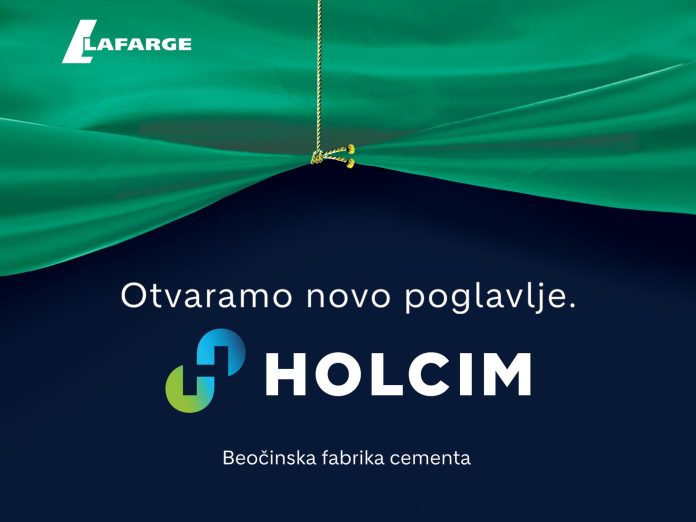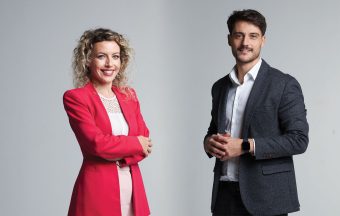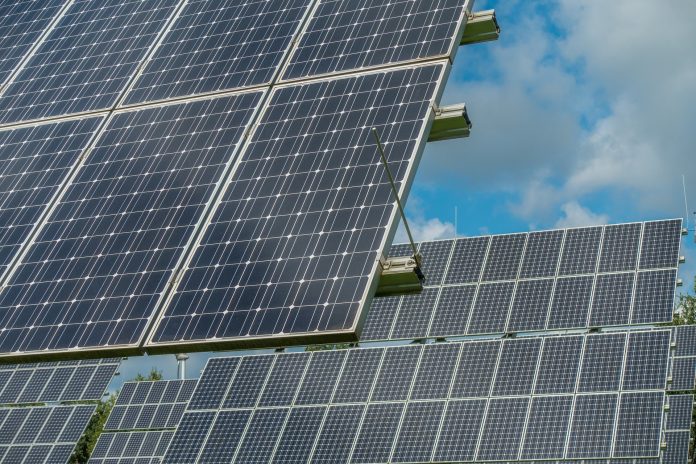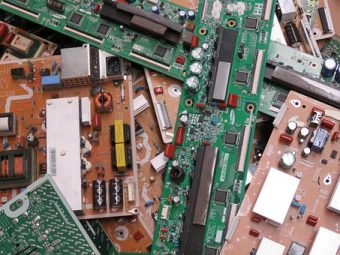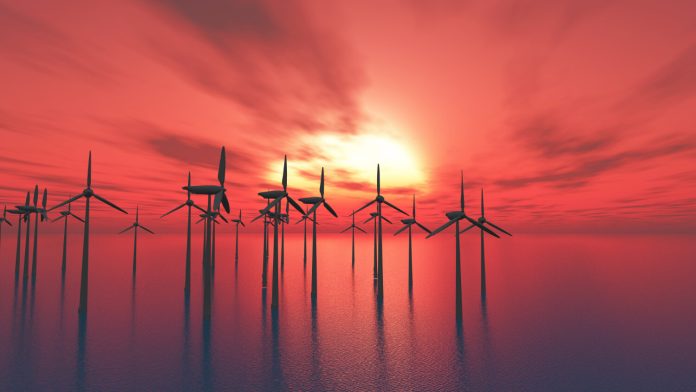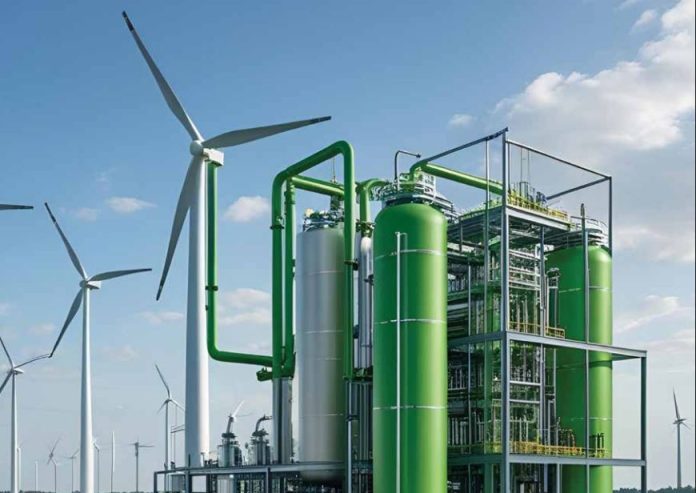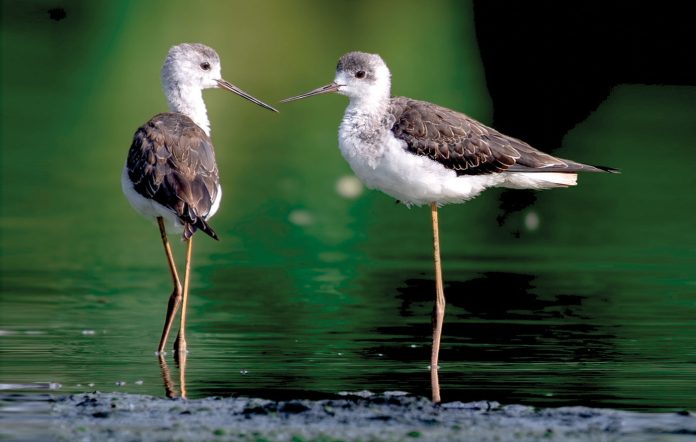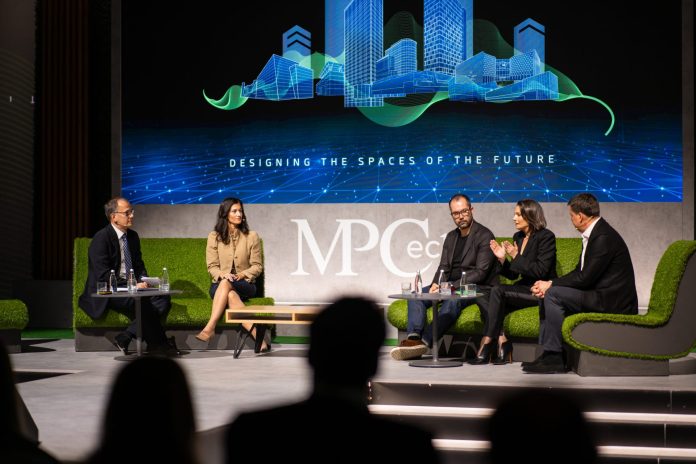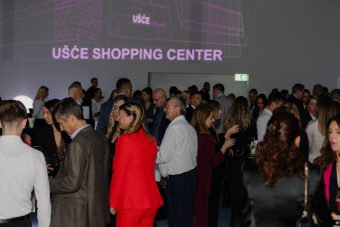Hungary has a significant clean energy capacity, which has exceeded 9 GW, but geothermal energy currently accounts for only 2.7 MW. Recognizing its potential, the Hungarian government has launched the Jedlik Ányos Energy Program, offering a total of 41 billion forints (around 105 million euros) for projects based on geothermal energy.
The first call within the program provides 12 billion forints for systems that produce electricity and heat using existing wells. Each project can receive at least 1 billion forints, and the fund can be used for a single larger investment. Applications will be open from January 26 to February 27, 2026.
In addition, other planned geothermal calls include 10 billion forints of non-refundable aid for the costs of initial drilling, as well as 19 billion forints in the form of interest-free loans, which industrial companies can use for geothermal heat production projects.
Gabor Czepek, Deputy Minister of Energy, emphasized that Hungary already ranks among the top five European countries in terms of geothermal energy utilization.
The Jedlik Ányos Energy Program, building on the country’s excellent domestic resources, with a total of 41 billion forints in its calls, aims to further accelerate the expansion of geothermal energy in Hungary.
Energetics Portal


